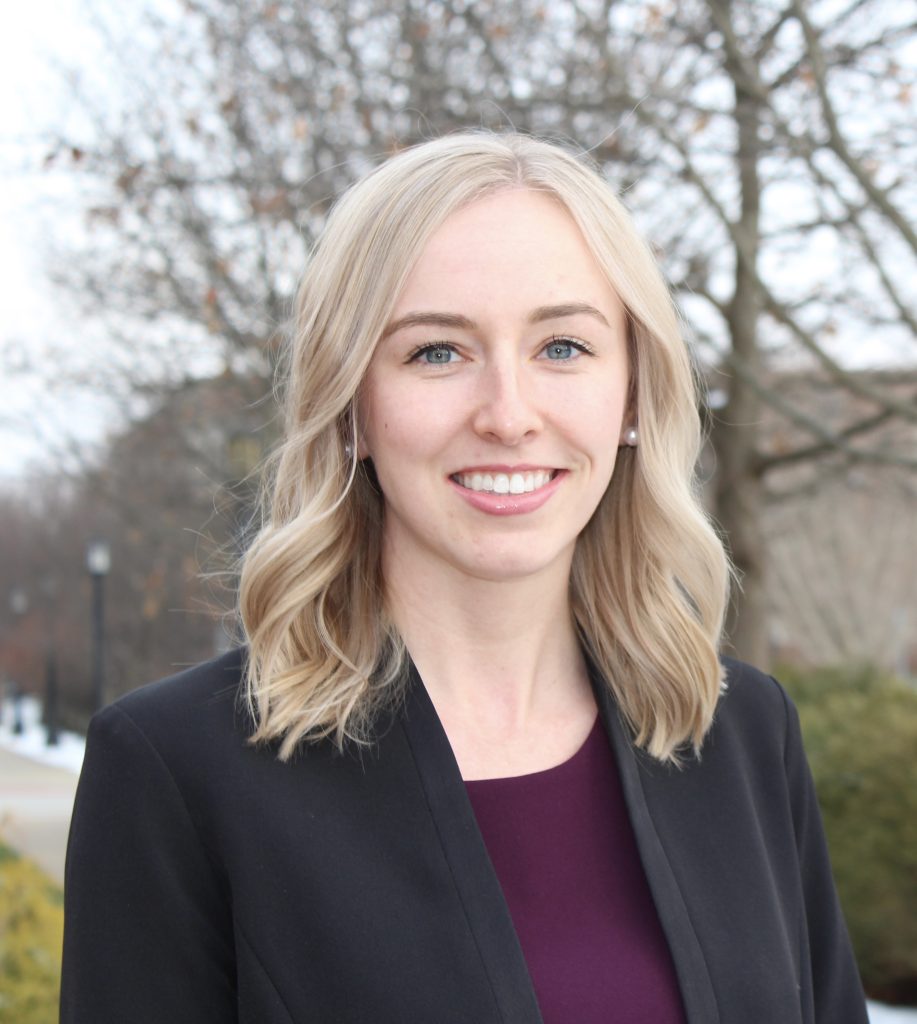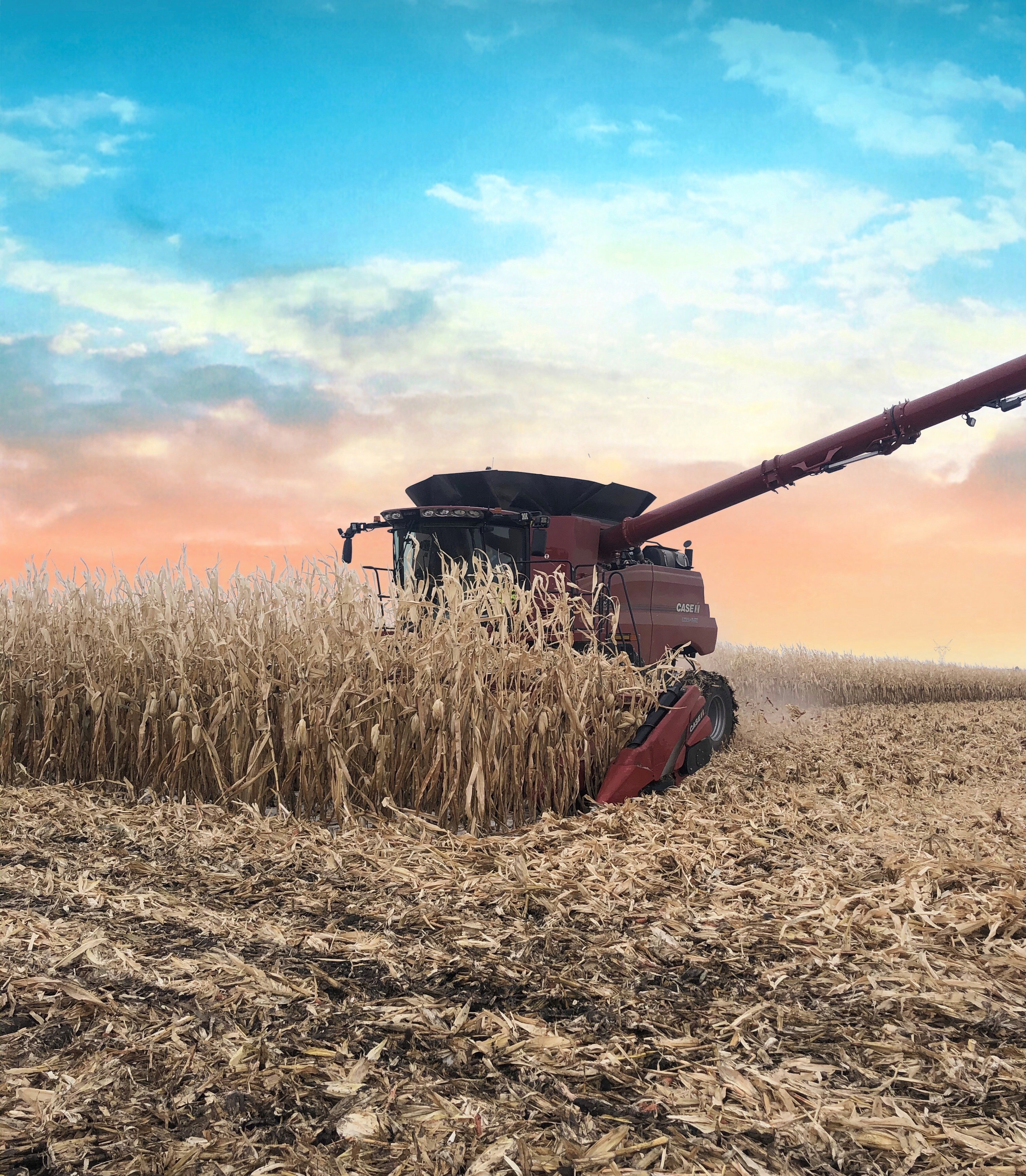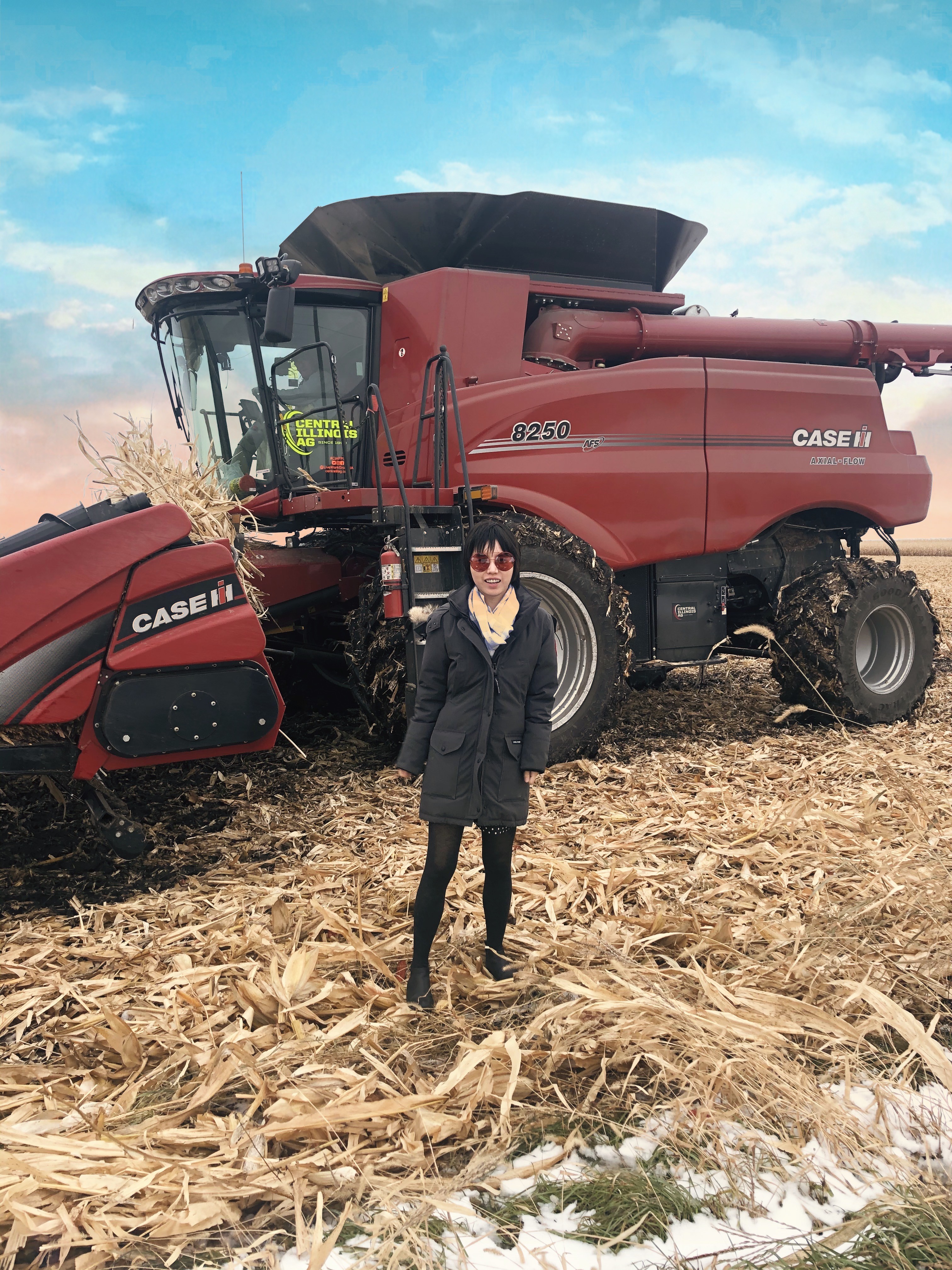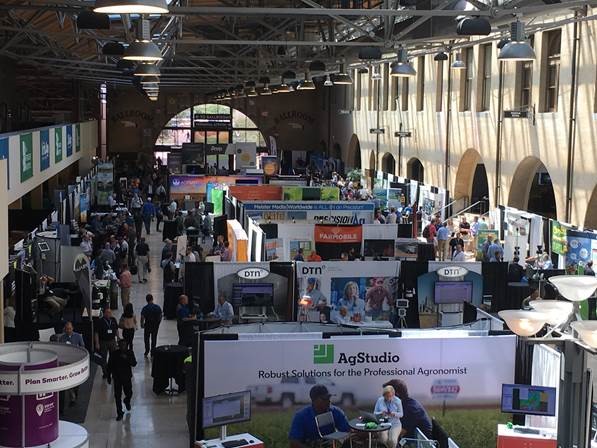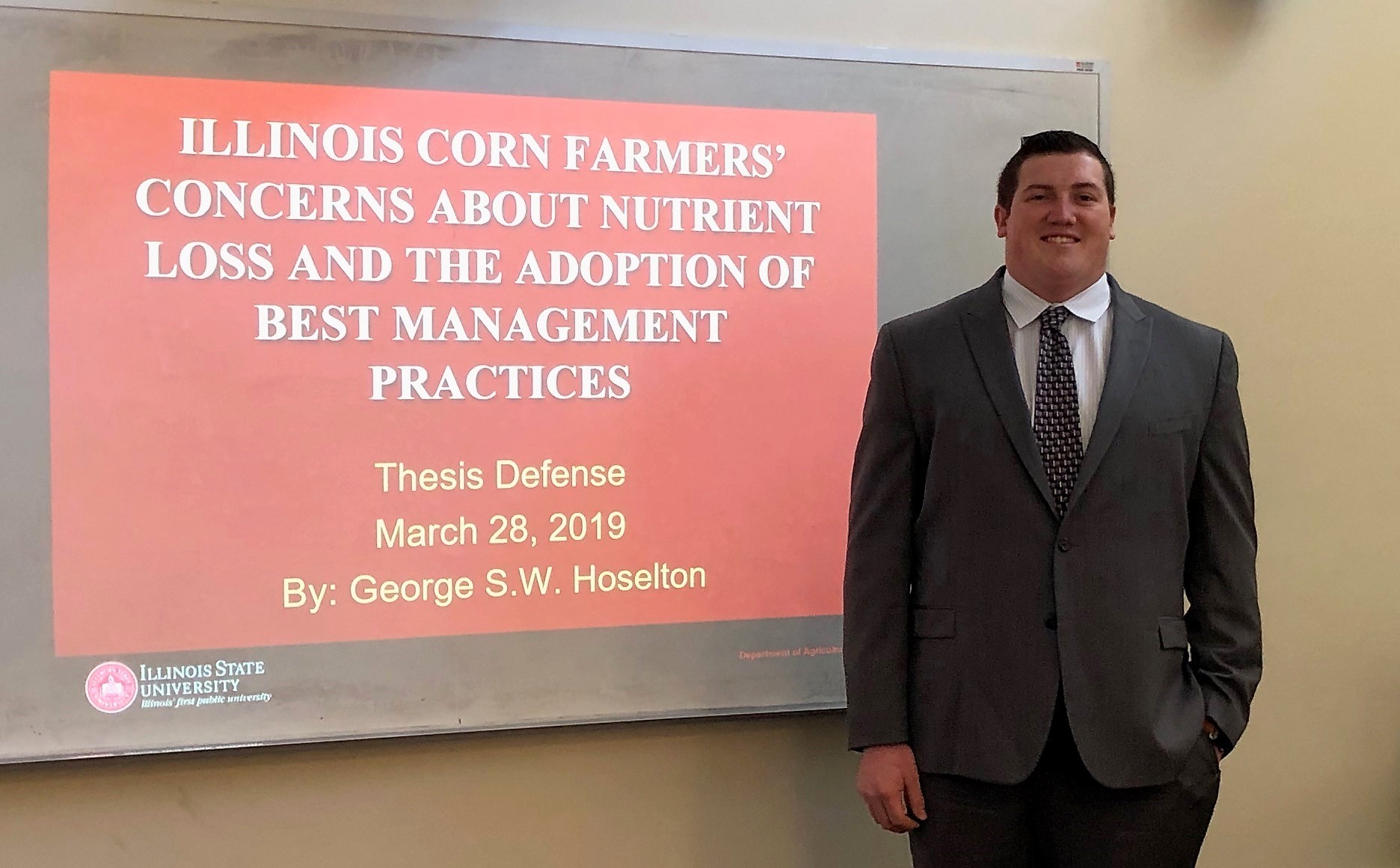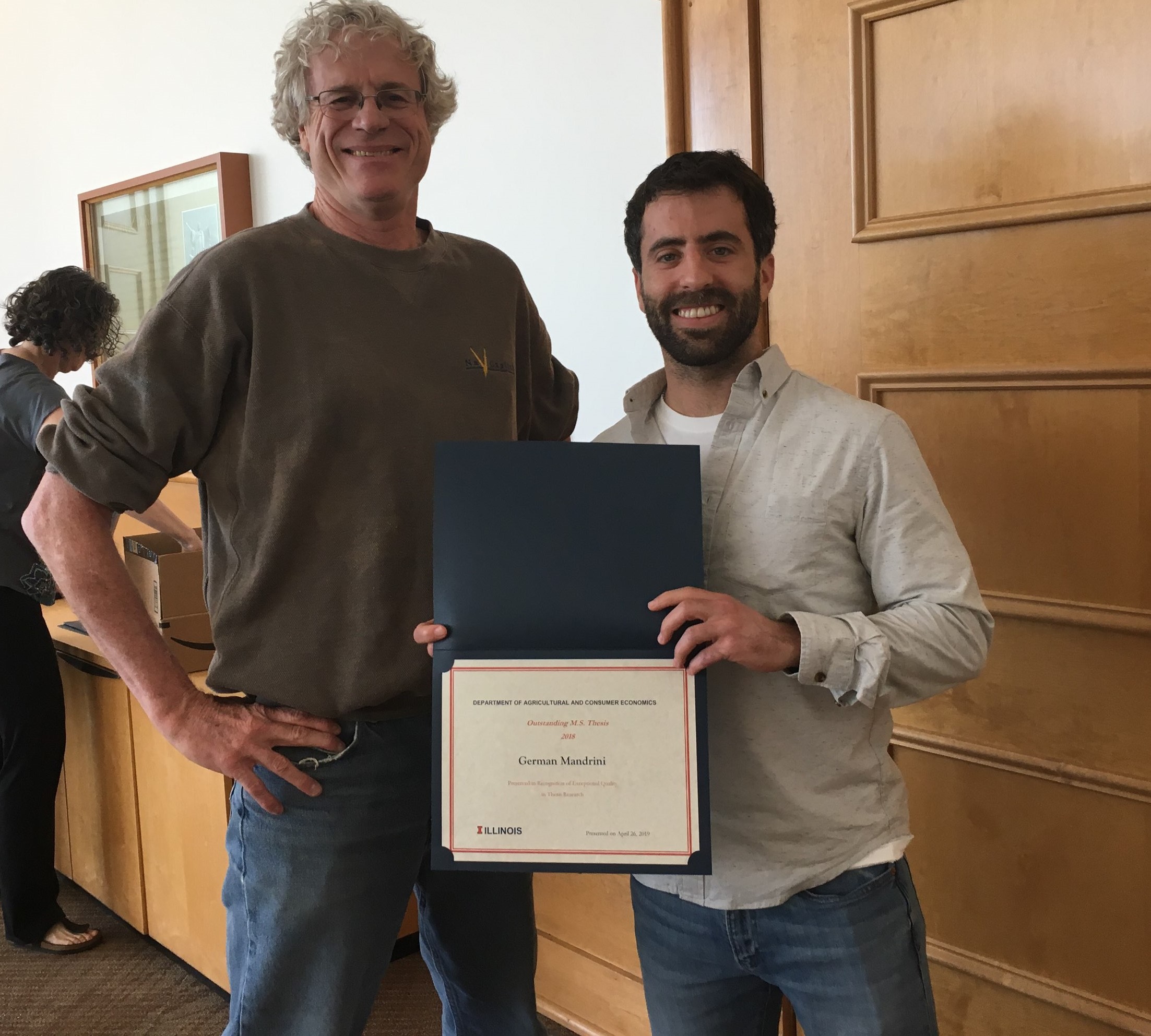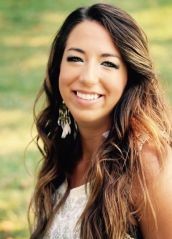Meet DIFM’s new team member, Francisco Gamino.
My name is Francisco Gamino and I am studying Computer Science + Crop Science at the University of Illinois in Urbana – Champaign (UIUC).
I have over three years of experience working as an independent contractor in programming and web development. I’ve worked with various companies and institutions in town — including Inprentus, Inc., UIUC Physics, Sagamore Venture Publishing LLC, and the NSF-funded Materials Research Science and Engineering Center in the UIUC Materials Research Lab. I specialize in programming and website design and often work in projects that require automation, data migration, and efficient workflow design.
Before transferring to UIUC, I attended Parkland College in Champaign, Illinois, where I earned an associate degree in Data Systems and Development and certificates in Database Management and General Programming. I completed the Leadership Academy and I served as the Vice President of the Phi Theta Kappa Honor Society and the President of Club Latino. I’m an All-Illinois Academic team member.
I can speak, read, and write English and Spanish fluently. I have strong communication skills and I’m always looking for opportunities to improve myself.
I joined the DIFM project in the spring of 2020 to help create an efficient system for working with data and help them take it to the next level. Currently, we are collaborating with Oracle Corporation to build this system and I’m heavily involved with the data migration and user interface design aspects of the project. I also work with data in QGIS and R to create and manage multipurpose datasets.
In my free time, I enjoy playing chess, bike riding, cooking, coding, and watching movies.

